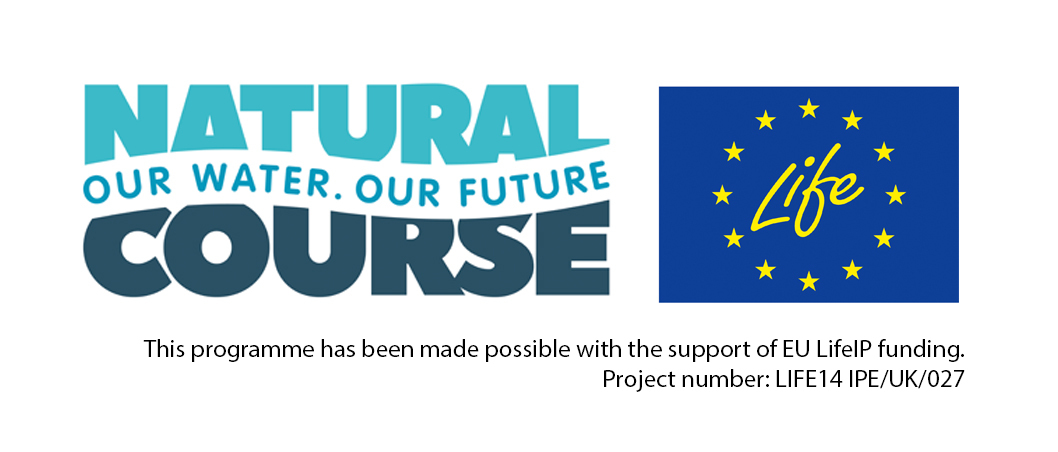
5 Easy Ways to Revive Your River: Water saving in the garden
When taking steps to protect and improve the environment, it’s important to remember that all of nature is connected. That means the way you manage your garden – or any plants you have for that matter – can have an impact on river health, and the environment as a whole. That’s why this week, we’re focusing on water saving in the garden.
25/08/21
As part of our River Revival campaign and World Water Week, we’re thinking about how personal water use can affect river health. Last week, we explored water saving in the home, and now we’re turning our attention to the garden.
It doesn’t matter whether your green space consists of a lush lawn with a vegetable patch and a whole host of brilliant blooms, or a selection of stylish houseplants on a windowsill inside, you can still be water wise. Making a few small changes in how you grow and manage your plants can help to preserve nature, and even combat the effects of climate change.
If that sounds a bit far-fetched, let us tell you how you can turn your garden into a nature haven.
Keep peat in its place
Peatlands are a highly important ecosystem. Formed over thousands of years, they store more carbon per hectare than woodlands, and for a much longer time. They also provide filtration for drinking water and a habitat for wildlife. Unfortunately, vital peatlands have been decimated in recent decades for a number of reasons, including for use in compost. The vast majority of compost available in shops and garden centres contains peat because it is cheap to source. Switching to a peat-free compost – potentially your own – means that peat can stay where it needs to be and continue to deliver benefits for nature.
It’s all in the timing
Even something as easy as changing the time of day that you water plants can do good for the planet. Watering plants during peak daylight and temperature time leads to a high amount of evaporation loss, wasting precious water. Watering plants at dusk instead allows them to soak up all the water overnight, so they’re ready to grow when the sun comes up in the morning.
Rain
In our part of the world, it’s easy to complain about the amount of rain we have, but plants love it. Free from chlorine and without the expensive treatment that tap water goes through, rainwater is the best thing you can give to your garden. Using a rain butt or barrel to store rainwater means you have a store to use for plants, as well as easing pressure on the wastewater system by reducing the amount that heads down the drain.
If you like a project, you could go one step further and create a rain garden or pond for your home, which has the dual benefit of storing rainwater and encouraging wildlife.
Love your lawn
A natural lawn might seem basic, but actually it’s a huge environmental asset. If a garden is covered in artificial grass or paved over, rainwater runs straight off it into drains rather than being absorbed into the ground and filtered back to watercourses over time, as it would with real grass. The pressure this puts on the sewage system doesn’t just increase the risk of floods, it makes it more likely that sewage will be discharged directly into rivers and streams without being treated first. Therefore, keeping real grass in your garden helps people and planet.
If the maintenance of a lawn puts you off, why not stop mowing and help wildlife instead? Allowing wildflowers to grow will increase the amount of water soaked up in your garden, and will also encourage pollinators and other species to pay you a visit.
So whether you want to make incremental changes to your home and garden, or branch out and make it as wild as possible, consider which actions you can take to be more water wise and revive your river.



